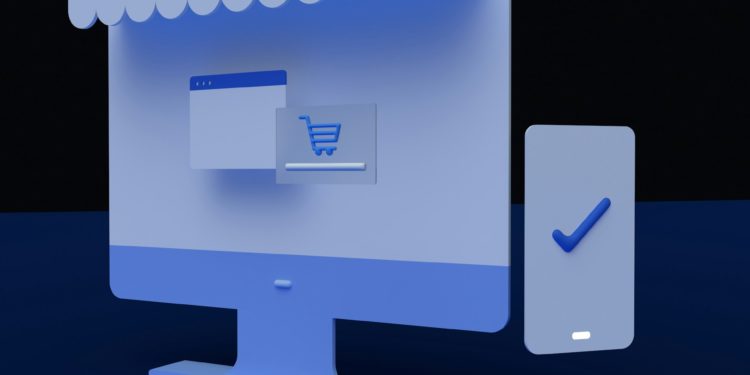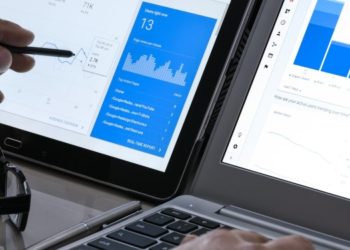Retailers are adopting advanced technologies to refine shopping experiences and cater to individual preferences. Artificial intelligence, data analytics, and augmented reality are enabling businesses to anticipate customer needs and simplify purchasing decisions. This article examines how these technologies are shaping the future of retail and influencing purchasing behavior.
How Artificial Intelligence Helps Personalize Shopping
Artificial intelligence (AI) plays a significant role in helping retailers understand consumer preferences. By analyzing browsing history, past purchases, and online interactions, AI-driven systems can predict potential buying interests and offer personalized product recommendations.
Streaming platforms like Netflix use similar methods to suggest content based on user activity. Retailers such as Amazon apply these technologies to improve product discovery, creating a more structured shopping process. Even in an online casino, AI algorithms assess user behavior to refine game recommendations and promotional offers, aligning selections with individual preferences.
Expanding AI Beyond E-commerce
Retailers are integrating AI into physical stores through smart mirrors and virtual assistants that suggest products based on user data. AI-powered checkout systems reduce wait times by automatically recognizing items and processing payments. Grocery stores are using AI to track inventory and minimize product shortages. As AI advances, its ability to tailor shopping experiences will continue to expand across different retail environments.
Data Analytics and Customer Insights
Retailers rely on data analytics to interpret consumer behavior and improve decision-making. By gathering data from online interactions and in-store activity, businesses can detect purchasing trends and adapt their strategies accordingly.
Predictive analytics refines this approach by forecasting future demand. Retailers use this data to optimize inventory levels and create targeted marketing campaigns. Personalized offers and customized discounts based on purchase history help streamline shopping while aligning with consumer preferences.
Leveraging Big Data for Retail Strategies
Big data analytics provides retailers with deeper insights into consumer behavior. By assessing large volumes of purchasing patterns, businesses can refine pricing strategies, improve supply chain management, and anticipate customer needs. Subscription-based services use predictive models to determine when customers may need specific products, sending automated reminders or discounts to encourage repeat purchases.
Augmented Reality: Making Products More Accessible
Augmented reality (AR) allows consumers to visualize products in real-world settings before making a purchase. This technology is particularly useful in fashion and home decor, where product appearance and fit influence buying decisions.
Retailers like IKEA have developed AR applications that enable customers to preview furniture placement in their homes. These tools help minimize uncertainty, leading to more informed purchases and fewer returns.
The Growth of AR in Retail
Fashion brands have introduced virtual fitting rooms that allow customers to try on clothing through AR-powered applications. This reduces reliance on physical stores while enhancing convenience. Beauty retailers are incorporating AR to enable shoppers to test makeup shades or hairstyles digitally. As AR technology becomes more refined, businesses are exploring new ways to integrate it into their sales strategies.
The Role of Social Media in Shopping
Social media platforms have become central to online retail, offering businesses direct access to consumers. Features such as shoppable posts and algorithm-driven advertisements help brands present personalized product recommendations.
Influencer marketing has also contributed to social commerce. Many consumers follow trusted figures whose product endorsements influence purchasing decisions. Companies collaborate with influencers whose content aligns with their target audience, improving product visibility and customer engagement.
Platforms like Instagram, TikTok, and Pinterest are incorporating in-app shopping options, allowing users to purchase items without leaving the platform. Live shopping events, where brands showcase products through real-time video streams, are also gaining traction. These innovations simplify the buying process and encourage direct interactions between businesses and consumers.
Voice Assistants: Hands-Free Shopping
Voice assistants such as Alexa and Google Assistant are changing how consumers search for and purchase products. These tools allow users to browse and place orders through voice commands, improving accessibility.
As voice technology improves, it is expected to play a greater role in personalized shopping. AI-driven assistants can recognize patterns in past orders and suggest relevant products, making transactions more efficient.
The Future of Personalized Retail
Advancements in technology are expected to make retail even more personalized. AI-powered chatbots, improved data analysis, and enhanced AR experiences will continue to shape how businesses interact with customers.
Retailers must balance the benefits of automation with the need for human interaction. While AI can enhance recommendations and streamline purchasing, companies must maintain transparency in data usage and prioritize customer trust.













































































